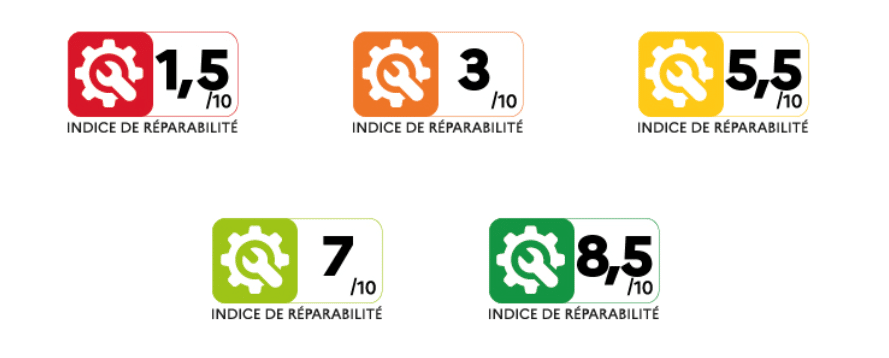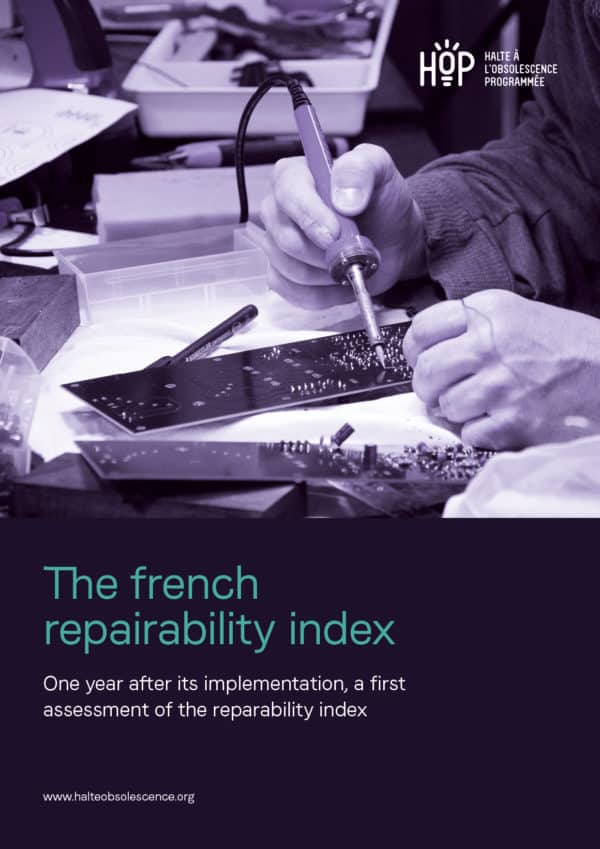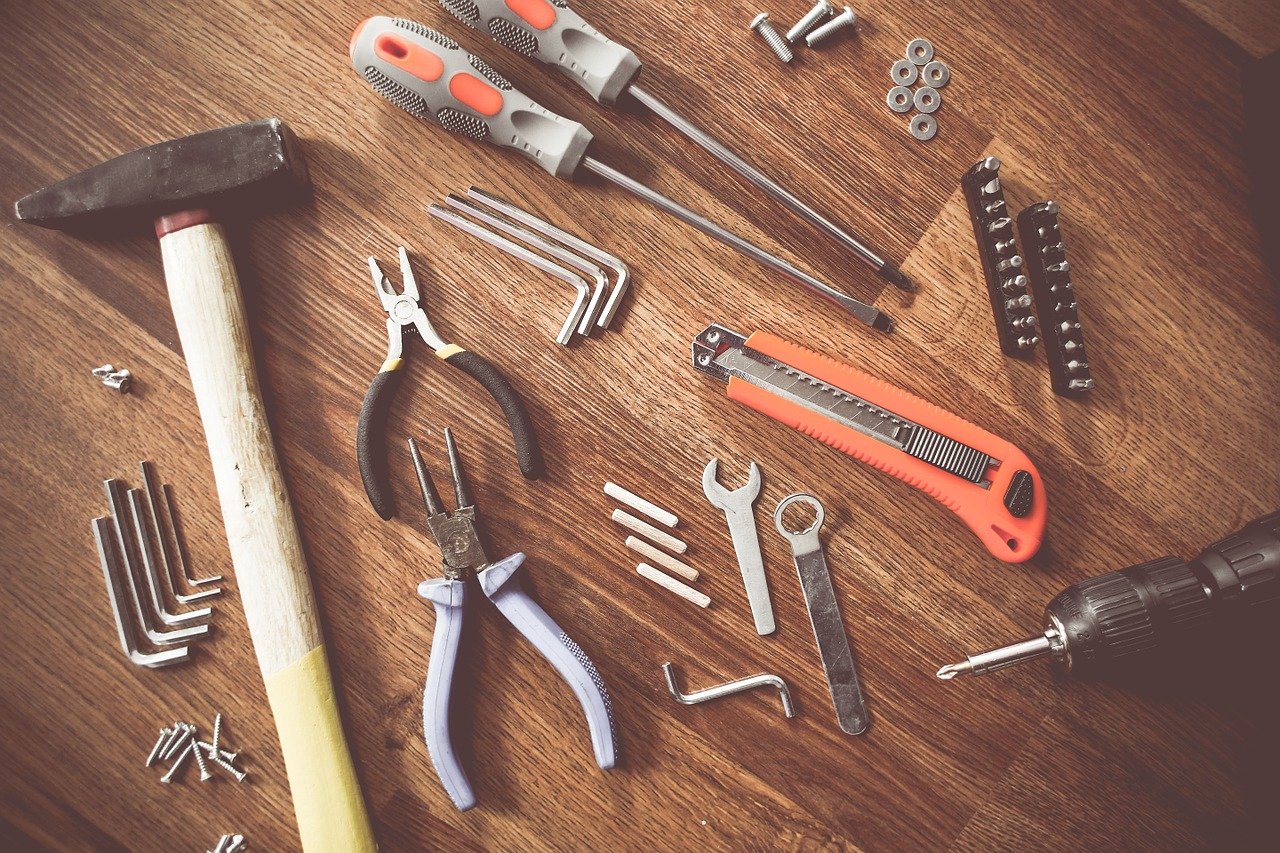(March 2022) Update: HOP report on the French repairability index – A first assessment one year after its implementation
HOP carried out an in-depth analysis of the grid and the calculation criteria, as well as independently calculating the score of certain products in order to compare it with the score displayed by the manufacturer.
In a critical and constructive approach, HOP proposes a series of recommendations to make the index more ambitious, reliable and transparent.
Our electronic devices have a strong impact on the environment. Each smartphone requires 70 kilos of minerals and emits 40 kilos of CO2 according to the French Environment agency (ADEME). An effective way to tackle this challenge is to make our devices last longer. Increasing the lifespan of our devices would enable to reduce the carbon emission generated at their production, which represents up to 80% of the total carbon emission of our electronic devices, and to increase the repairing rate which now only stands at 40%.

In order to allow consumers to fight against planned obsolescence, France has published a new anti-waste bill in February 2020. Since January 1st 2021, the law forces product makers to apply a reparability index on five types of products (smartphones, washing machines, televisions, laptops and lawnmowers). Eventually, this score will be extended to other classes of consumer products. The objective is to give consumers a transparent information on what they are buying and strengthen their ability to make the right choice.
The index is presented as a score out of ten. It is calculated on 5 criteria: documentations, the availability of spare parts, ease of disassembly, the costs of spare parts and a wild-card category for repair issues specific to that class of products. Each category is translated into a grade grid monitored by the ministry of environment. The average grade on the five criteria gives the score.
This index is progressively implemented in E-shops and stores. Sanctions for non-application will only apply in 2022 so as to give time to the manufacturers to adapt to the new requirement. Indeed, the regulation details were published in late December 2020.
This index is a big move to combat planned obsolescence. More than just giving information to consumers, it is an incentive for companies to boost reparability. It also generates data that can be aggregated on products reparability, helping HOP’s initiative to reinforce its website produitsdurables.fr.
However, this index is subjected to challenges. The score is directly given by the manufacturer and needs control of the companies’ publications by the administration. Moreover, the index calculation itself has to be improved. For instance, laptop and smartphone manufacturers can get a “free point” by providing information about the different types of software updates, such as security updates or system upgrades. While the index represents a step in the right direction, it is too early to know how the score will be used by companies, consumers and other stakeholders of products sustainability.
In many ways, the reparability index falls short of achieving real change. The score only gives information about whether a product is repairable or not. It does not include a measure of the global robustness, sustainability or quality of a device’s spare parts. That’s why this index will be added of a sustainability index in 2024, Anti-waste law bill say. This next step should go a long way in completing the reparability index.
France’s initiative echoes the European strategy (The European Green Deal) to address Climate Change. Voted on the 8th of February 2021, the deal provides an action plan to boost the efficient use of resources by moving toward a cleaner, more circular economy, that would restore biodiversity and cut pollution. The final goal is to reach a carbon neutrality by 2050. The European commission has scheduled a solid legislative agenda for the next five years, touching on the different areas of sustainability. However, the European Parliament did not wait for this legislative vehicle to be in place to define its position, and calls the commission to take stronger actions for the development of sustainable and reparable products. On 25th November 2020, the Chamber adopted a resolution that “Calls on the Commission to establish a consumers’ ‘right to repair’ with a view to making repairs systematic, cost efficient and attractive, taking into account the specificities of different product categories along the lines of the measures already taken for several household appliances under the Ecodesign Directive”.
The European repair community as well as European decisions makers could be equally interested in generalising France’s index to the European Union, or to create incentives for other countries to follow France’s lead and act towards a more sustainable society. Private initiatives like HOP’s European book and the Right to Repair Movement, as well as the MEPs’ propositions Information on reparability and durability to prevent green-washing and false marketing promises, give hopes that the European efforts to spread more sustainable and reparable products, and to create alternatives to waste may well succeed.
Quentin Ghesquière (volunteer at HOP)



